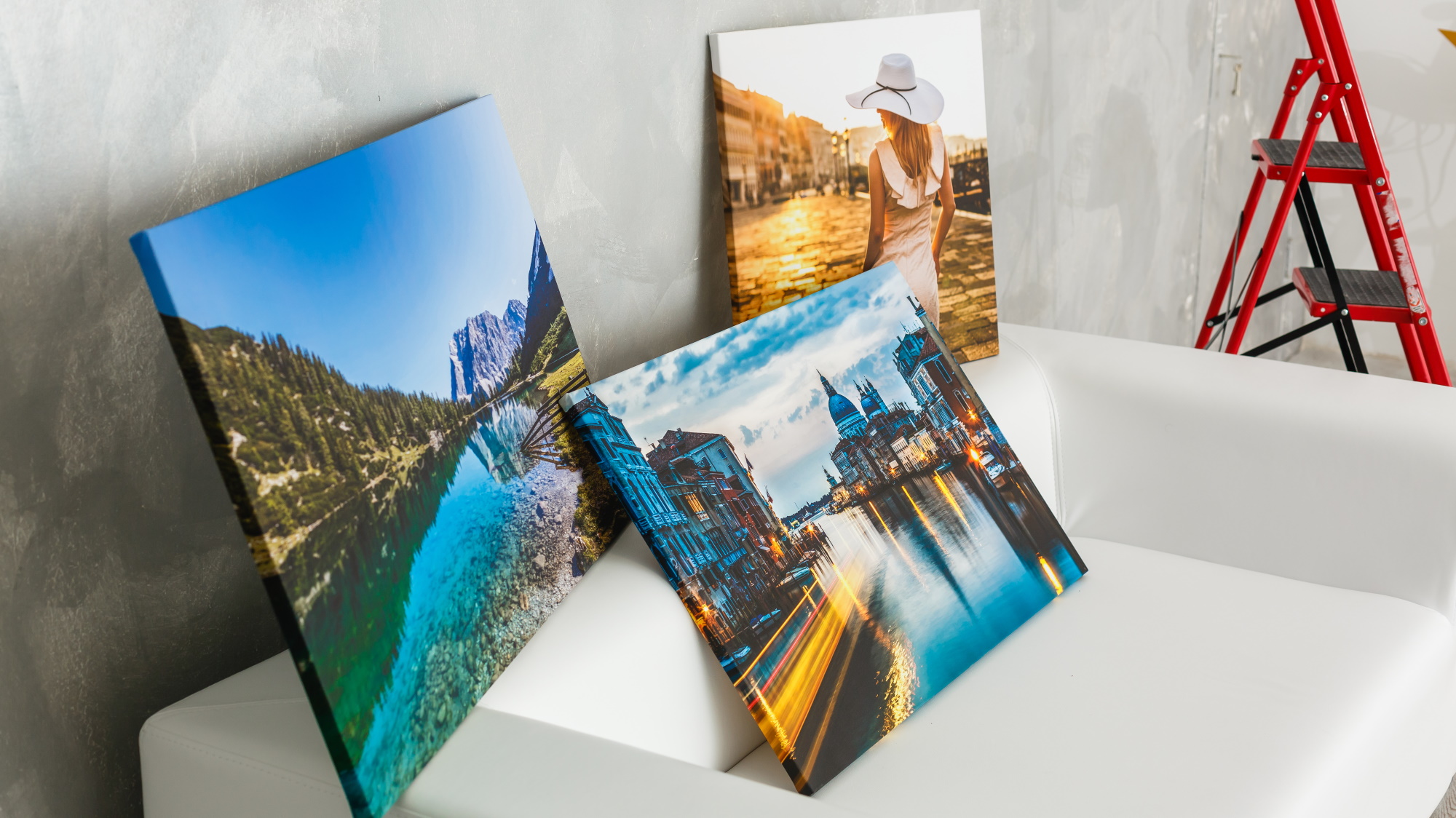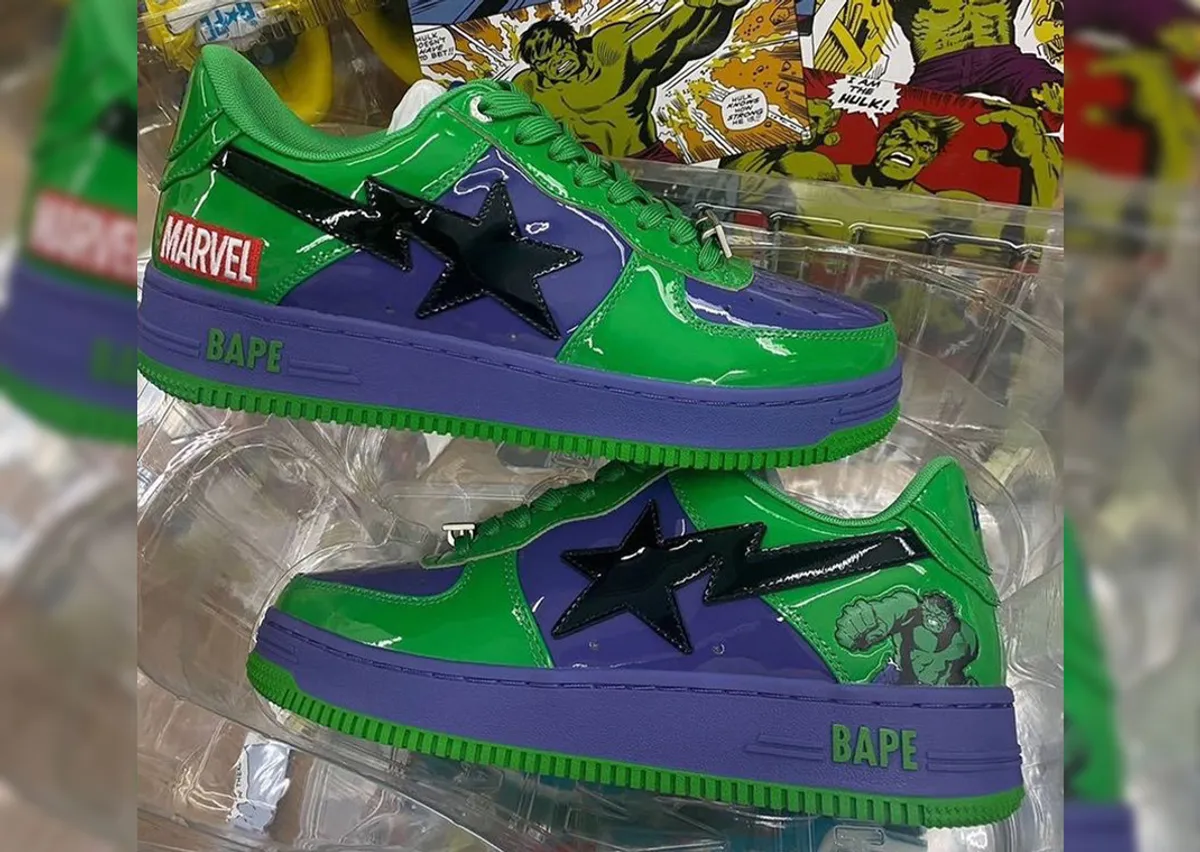About what printing on canvas is, the world learned recently – about 30 years ago. The method appeared when the art canvases were digitized, and the resulting image was transferred to a new medium. The meaning of the process is to replicate copies of man-made masterpieces to please the needs of the consumer.
Few could afford to purchase the original, drawn by the artist’s hand. But the reproduction – almost everything. So people began to decorate their homes with Canvas Art Paintings, and printing on canvas developed further, gradually expanding the scope.
Why print on canvas?
Making photo portraits: A photo printed on canvas and framed with a baguette is a good choice of gift for an anniversary, wedding, or other memorable date. This is a non-trivial decision, as they say, for years.
Creation of reproductions: Visited the exhibition and liked one of the paintings? If this is a popular work, then surely it already has digitized sources for printing on canvas. It remains to choose the right combination of “material-ink”, and only a pro will be able to distinguish a reproduction from the original.
Interior design: Decorating walls with decorative panels is a stylistic device that is appropriate in several directions: shabby chic, country, Provence. Images are chosen neutral, if the task is to shade the bright elements of the interior, or plot, fantasy, if, on the contrary, it is necessary to draw attention to the panel.
Types of ink
There are three popular types of paint for applying images to canvas. Let’s consider each of them:
Printing with solvent ink: We discussed the printing process in detail in the article on solvent printing. In the case of canvas, the mechanics do not change – they are printed on digital printers or large-format plotters.
Solvent gives a stable image on natural fiber, but you should not expect clear contours. To improve the quality of the picture, the outlines of the images are drawn in the layout.
Another point is safety: Cyclic Hexagon in the composition of solvent paints is a good reason not to hang such a picture in a living room. There are eco-solvent inks on sale, but the prefix “eco” means not the environmental friendliness of the composition, but economy. That is, such a subspecies of paint is simply 70% less aggressive (and, accordingly, less resistant to fading), but it cannot be called completely safe for human health.
Printing with water-soluble ink: The main advantage of this choice is the clarity of the smallest details used by famous artists of the world. Suitable for photos, and not only close-up portraits, but also for group photos, in which distortions are not uncommon. The disadvantage of technology is low durability.
In fact, water-based paint is a regular pigment with a low content of additives. It covers the canvas well, impregnating the top layer of the material. But it also fades well in direct sunlight. Because of this, the printing method is not very popular.








